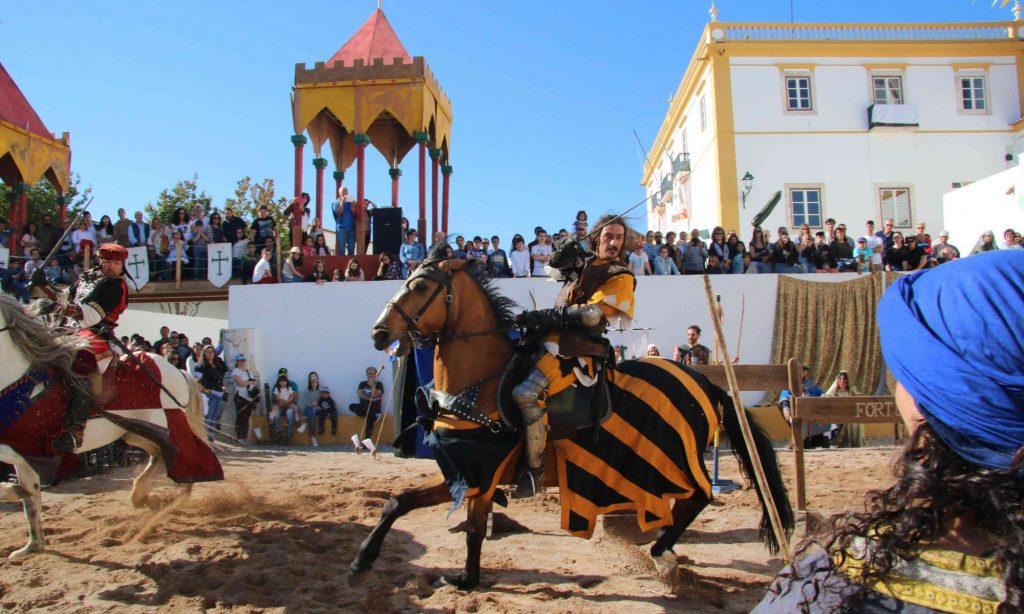Início » Order of Avis
Order of Avis
Updated on 01/06/2021
The town of Avis began to be outlined when, on 30th July 1211, King D. Afonso II gave a letter of donation to the master of Évora, D. Fernão Eanes, granting a portion of land due to the strategic importance of its location and the excellent natural characteristics. It soon became obvious that this location was suitable for the establishment of the headquarters of the Military Order of St. Benedict of Avis, which according to some authors was established on 13th August 1162, by King D. Afonso Henriques, while others claim it happened between March 1175 and April 1176.
After the donation of the lands, the Friars of Santa Maria of Évora Order became known as Order (of St. Benedict) of Avis. When King D. Afonso II granted the lands to the friars of Évora, he expressed his desire to have a castle and a convent built, thus promoting the settling of people.
This Order assumed the role of the King’s “Military Arm” in the conquest of the southern territories, which marked the beginnings of the formation of the kingdom of Portugal.
Before the reign of King D. João I, the founder of the House of Aviz or Joanine Dynasty, the Knights of Avis were regarded as a branch of the Order of Calatrava.
The first Military Orders originated during the medieval Crusades, when Christian Europe of the 11th century witnessed the confrontation between two worlds: Christianity and Islam. On 30th July, 1211, King D. Afonso II, gave a letter of donation to D. Fernão Eanes granting a portion of land for the establishment of the Order.
The medieval period, marked by the territorial expansion of the Order, was one of the most prosperous in the history of the town and thus of the Order, which extended its power over a considerable number of settlements.
In the internal hierarchy, the Master led the knights during the Reconquest, and was afterwards responsible for the management of the Order’s assets, defending its privileges and presiding over the General Chapter.
From the 16th century onwards, the reforms of the Order resulted from the way the assets were managed and from the social relations existing within the lands, where some vestiges in sacred spaces have remained up to our days. In 1834, the process of extinction of the Military Religious Orders favoured the inventory of all the property in their possession with a view to its disposal or public auction sale.
“It will forever be called Convent of the Order of Sam Bento, (…) we order it remain where it is today”.
Jorge Rodrigues, Rules, Statutes and Definitions of the Military Order of S. Benedict of Aviz,
Lisbon, 1631, B.N.L.
